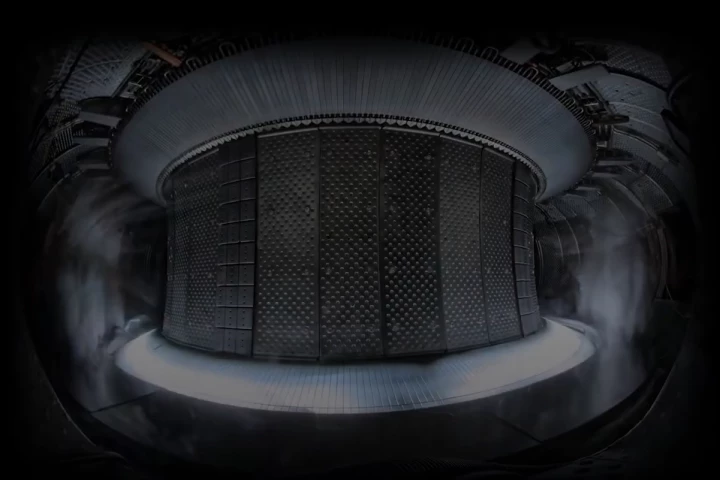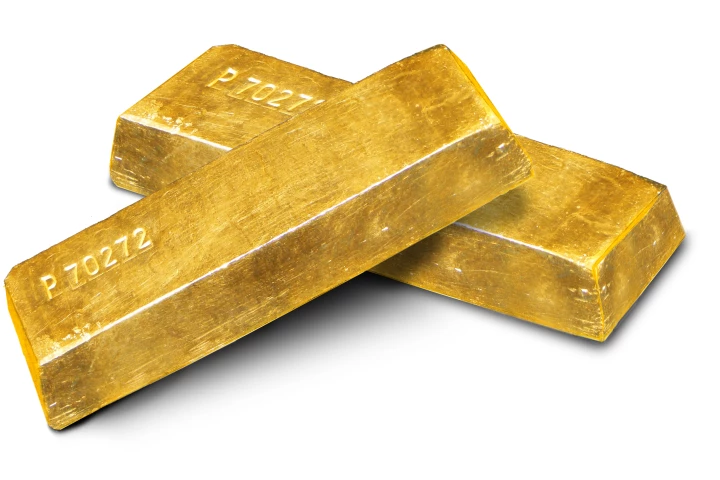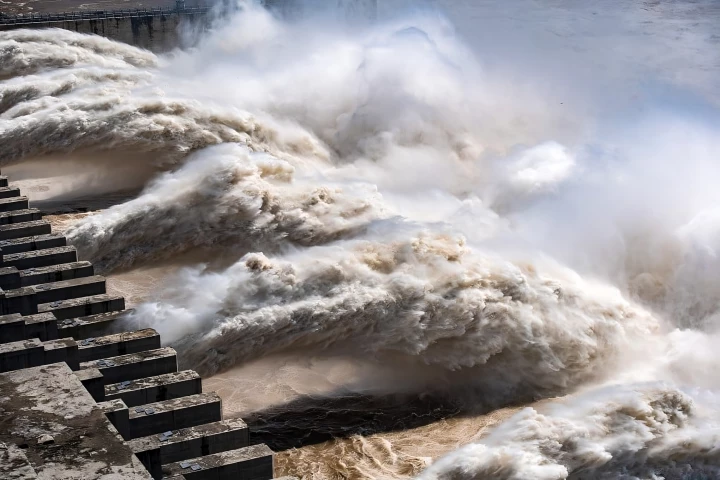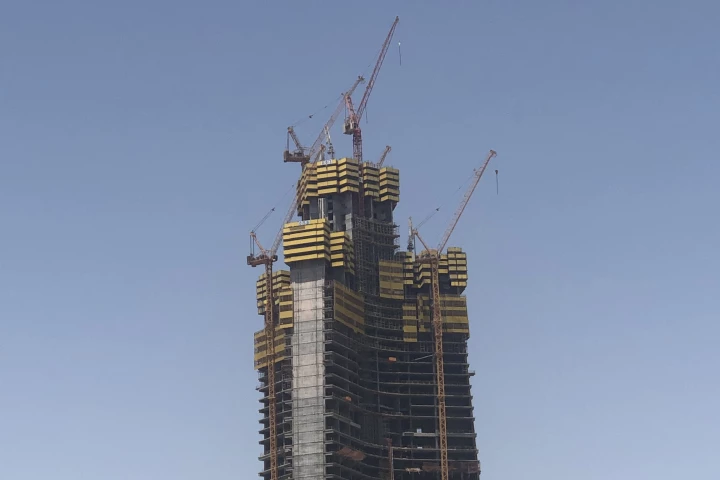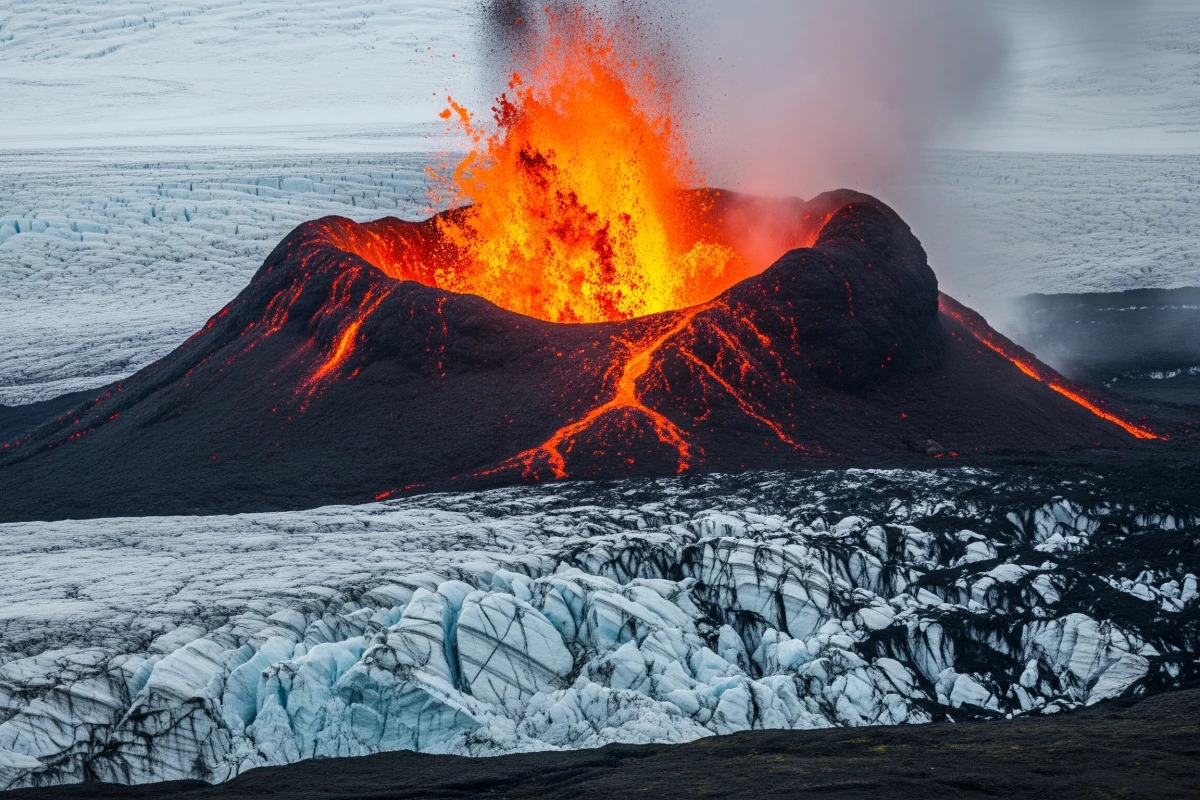 Investigations into several regions in the Chilean Andes suggests melting glaciers can wake up dormant volcanoes. Gemini –
Investigations into several regions in the Chilean Andes suggests melting glaciers can wake up dormant volcanoes. Gemini –
In the windswept Chilean Andes, scientists studied six volcanoes and discovered a chilling trend: melting glaciers are reducing the pressure underground, giving volcanoes room to stretch and potentially explode. Research in Iceland hinted at this decades ago, but this new study expands the danger zone far beyond that island nation’s shores.
And here’s the global twist: Antarctica may be next. Beneath its icy surface, hundreds of dormant subglacial volcanoes could awaken, not with a whisper, but with a roar.
In southern Chile, scientists dug deep into volcanic history with crystals and argon dating. They explored six volcanoes, including the silent Mocho-Choshuenco, to uncover how ancient ice once tamed Earth’s fire.
By decoding the age of past eruptions and studying tiny minerals trapped in volcanic rocks, the team revealed a powerful pattern: when the massive Patagonian Ice Sheet spread across the land during the last ice age, it acted like a giant lid. The crushing weight of the ice squashed volcanic activity, silencing eruptions and allowing thick, silica-rich magma to simmer quietly beneath the surface, approximately 10 to 15 km (6.2 to 9.3 miles) below.
As the last ice age drew to a close, something dramatic stirred beneath the surface. The mighty Patagonian Ice Sheet, which had pressed down on the land for millennia, began to melt, and fast. That sudden weight loss let Earth’s crust exhale and relax. Down below, trapped gases inside magma stretched out, swelling with nowhere to go.
What happened next was explosive.
The magma, long held in check under kilometers of ice, suddenly surged. Pressure built. Volcanoes were born, not slowly, but in fiery bursts from deep magma reservoirs.
Pablo Moreno-Yaeger from the University of Wisconsin-Madison, USA, is presenting his team’s new research at the Goldschmidt Conference, an annual geo-chemistry conference, held in Prague this year.
“Glaciers tend to suppress the volume of eruptions from the volcanoes beneath them,” said Moreno-Yaeger. “But as glaciers retreat due to climate change, our findings suggest these volcanoes go on to erupt more frequently and more explosively. The key requirement for increased explosivity is initially having a very thick glacial coverage over a magma chamber, and the trigger point is when these glaciers start to retreat, releasing pressure, which is currently happening in places like Antarctica.”
Scientists found that the link between melting glaciers and volcanic activity isn’t just an Icelandic phenomenon; it could also affect Antarctica, as well as parts of North America, New Zealand, and Russia. These areas may need closer scientific attention.
Although volcanic eruptions can happen quickly in geological terms after glaciers retreat, changes in underground magma happen slowly, over centuries. This gives scientists valuable time for monitoring and identifying early warning signs.
Volcanic eruptions release tiny particles called aerosols, which can temporarily cool the planet. For example, the 1991 Mount Pinatubo eruption lowered global temperatures by about 0.5 °C (0.9 °F). But if many volcanoes erupt over time, the cooling effect can reverse, adding more heat instead.
When glaciers shrink, volcanoes stir, and that may be just the beginning of a dangerous cycle. Scientists warn that melting ice doesn’t just trigger eruptions; those eruptions release greenhouse gases that warm the planet even more. It’s a feedback loop: warming melts ice, ice loss sparks eruptions, and eruptions fuel more warming.
In the shadow of these findings, silent volcanoes in Antarctica and other icy regions, like Russia, New Zealand, and North America, are no longer just geological mysteries. They’re … [for the balance of this scary article please visit: https://newatlas.com/environment/are-thawing-glaciers-about-to-wake-up-dormant-volcanoes-around-the-globe/]
–
The study was presented at the Goldschmidt Conference in Prague.
Source: European Association of Geochemistry via Science Daily
–











